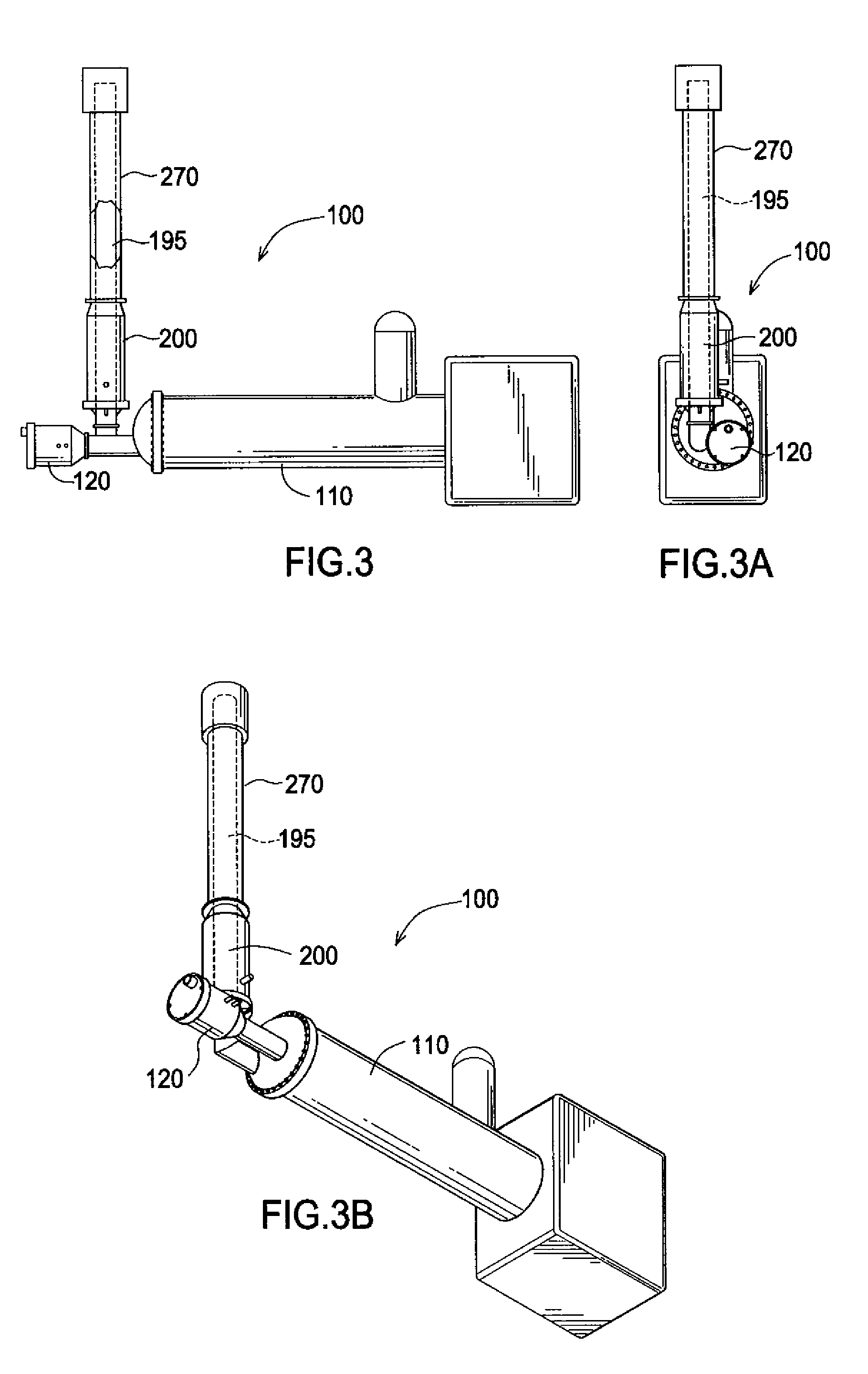Method and apparatus to reduce a venting of raw natural gas emissions
a technology of raw natural gas and venting, which is applied in the direction of separation process, combustion type, borehole/well accessories, etc., can solve the problems of increasing the amount of methane emissions, and increasing the amount of gas entering the sales line and across the meter. , to achieve the effect of promoting phase separation, increasing methane emissions, and effective methods of separation
- Summary
- Abstract
- Description
- Claims
- Application Information
AI Technical Summary
Benefits of technology
Problems solved by technology
Method used
Image
Examples
Embodiment Construction
[0024]The following description is provided to enable any person skilled in the art to make and use the disclosed apparatus. Various modifications, however, will remain readily apparent to those skilled in the art, since the generic principles of the present apparatus have been defined herein specifically to provide for an improved mixture treating apparatus and method.
[0025]As shown in FIG. 1, production equipment can be installed on the ground surface near a completed well 5. During production, oil, gas, and water flow to the surface, passing as a mixture to a production separation system, which separates the gas from the oil and water. This mixture generally has a temperature of about 40° F. to about 100° F. and may be greater than about twenty-five percent (25%) to about fifty percent (50%) water. Oil, gas, and water, as a mixture 10, enter free water knockout 20 where some portions of gas and water are separated from the mixture. The freewater knockout tank can reduce the water...
PUM
| Property | Measurement | Unit |
|---|---|---|
| Mass | aaaaa | aaaaa |
| Mass | aaaaa | aaaaa |
| Mass | aaaaa | aaaaa |
Abstract
Description
Claims
Application Information
 Login to View More
Login to View More - R&D
- Intellectual Property
- Life Sciences
- Materials
- Tech Scout
- Unparalleled Data Quality
- Higher Quality Content
- 60% Fewer Hallucinations
Browse by: Latest US Patents, China's latest patents, Technical Efficacy Thesaurus, Application Domain, Technology Topic, Popular Technical Reports.
© 2025 PatSnap. All rights reserved.Legal|Privacy policy|Modern Slavery Act Transparency Statement|Sitemap|About US| Contact US: help@patsnap.com



